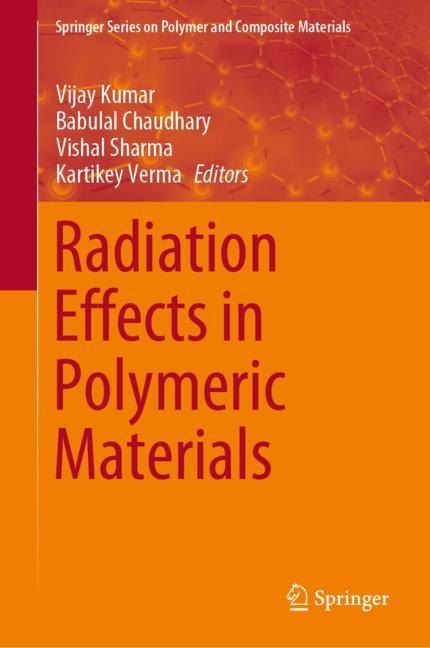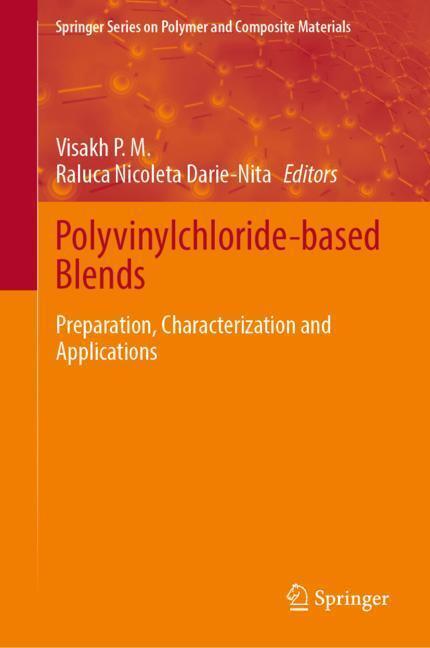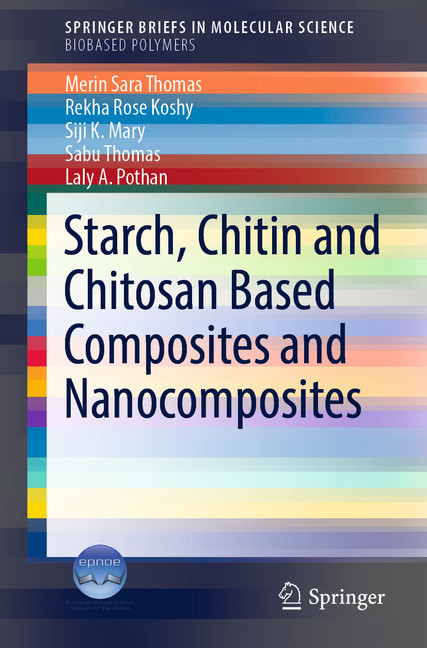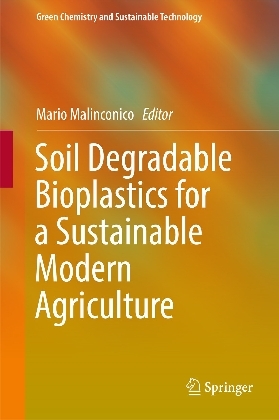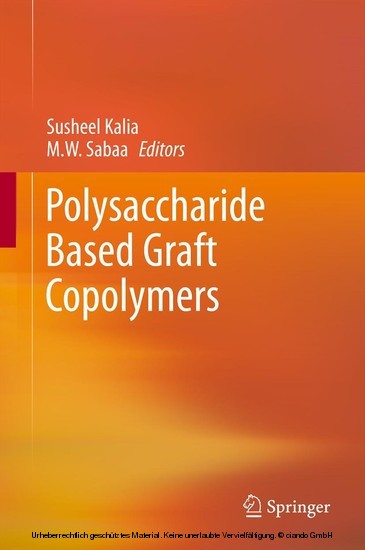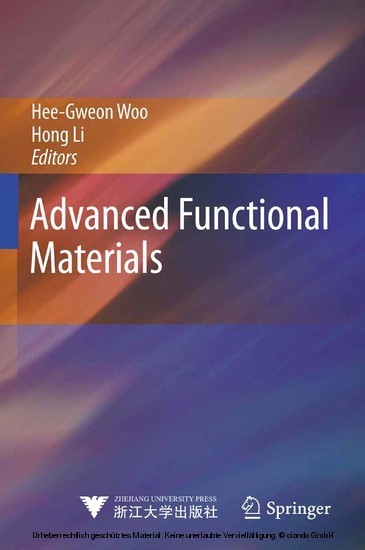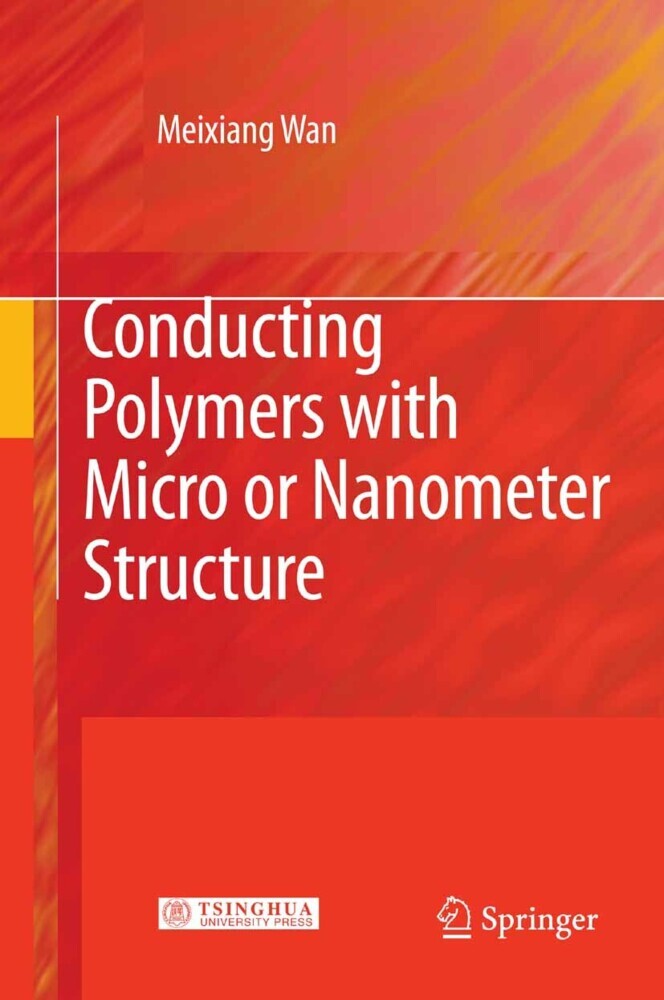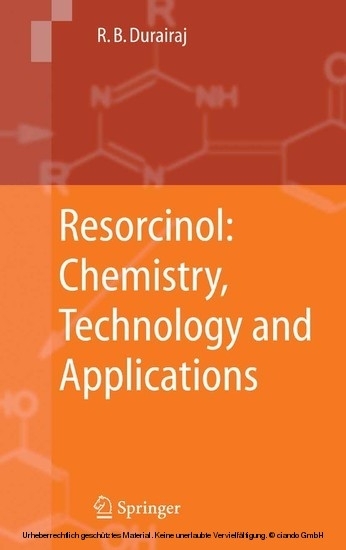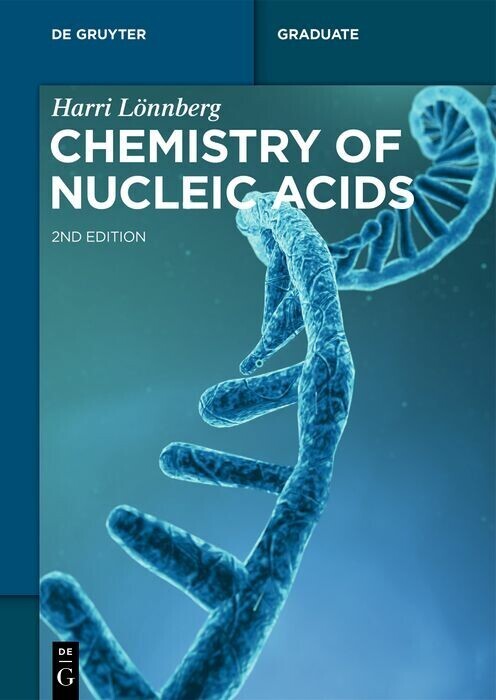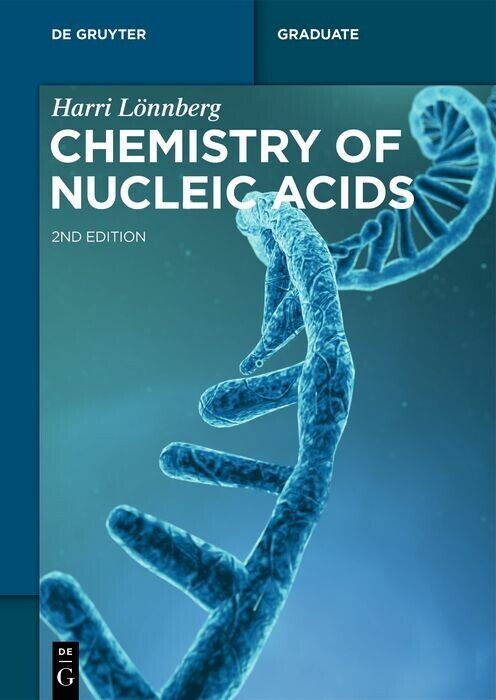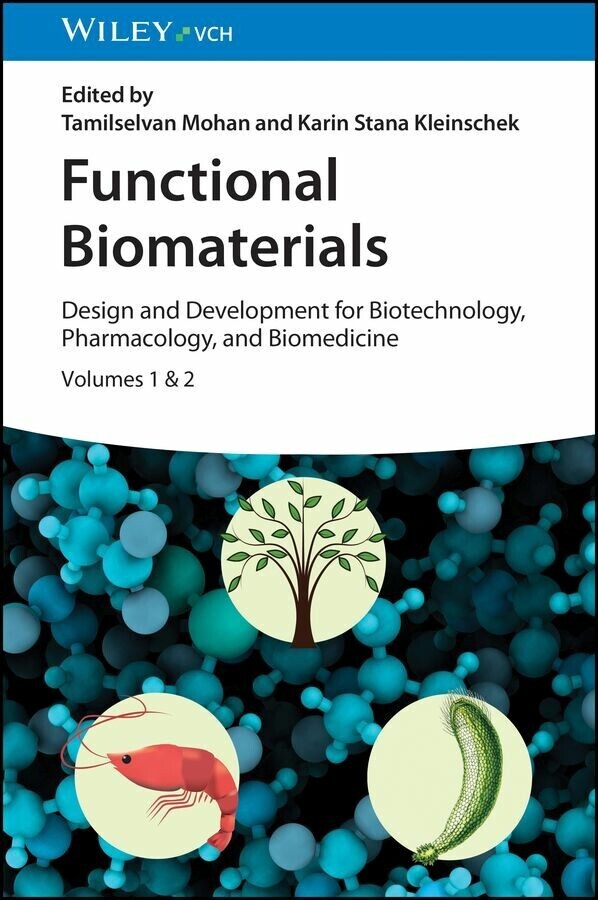Radiation Effects in Polymeric Materials
_This book provides an introduction of how radiation is processed in polymeric materials, how materials properties are affected and how the resulting materials are analyzed. It covers synthesis, characterization, or modification of important materials, e.g. polycarbonates, polyamides and polysaccharides, using radiation. For example, a complete chapter is dedicated to the characterization of biodegradable polymers irradiated with low and heavy ions. This book will be beneficial to all polymer scientists in the development of new macromolecules and to all engineers using these materials in applications. It summarizes the fundamental knowledge and latest innovations in research fields from medicine to space.
Dr. Vijay Kumar
Dr. Vijay Kumar is an Assistant Professor at National Institute of Technology, Srinagar, J&K, India. He was a postdoc fellow in Professor Swart's group at the University of the Free State, South Africa from April 2013- December 2015. He received his Ph.D. (Physics/Material Science) from Sant Longowal Institute of Engineering and Technology, Longowal (Deemed University) in Collaboration with Inter University Accelerator Center (Formerly known as Nuclear Science Center), New Delhi. During the last eight years of his research career, he has published more than 75 research papers in many of the reputed international journals, which attracted more than 1910 citations. He has already edited 2 books for Springer and Wiley respectively. He is a reviewer for about 40 international and national professional journals in his field (or in related fields) And active as editorial board member He is a leading guest editor of Virtual Special Issue of VACUUM and Materials Today: Proceedings (both Elsevier). He has received the 'Teacher with Best Research Contribution Award' (Chandigarh University) And the Young Scientist Award under the fast track scheme of Department of Science and Technology (Ministry of Science and Technology, Government of India), New Delhi. member of Scientific Advisory Committee for Initiative for Research and Innovation in Science (IRIS) His current research involves the synthesis and spectroscopic investigations of rare earth/transitional metal ions doped nanomaterials, nanocomposites, and hybrid materials to make color tunable emission in solid-state lighting and white light LEDs. He is also working on the synthesis and characterization of a biomaterial with electro-conductive properties that could be used in biomedical applications with better biocompatibility.
Dr. Babulal Chaudhary
Dr. Babulal Chaudhary has been working as Scientific Program Officer in Indo-US Science and Technology Forum, New Delhi. He received his B.Sc. in Physics, Chemistry and Maths; M.Sc. in Electronics from University of Lucknow, Lucknow, Uttar Pradesh, India, M.Tech in Electronics and Communication from Uttar Pradesh Technical University, Lucknow. He has Obtain his Ph.D. in Physics, from University of Lucknow, Lucknow, Uttar Pradesh, India. His research interests include synthesis, and characterization of Thin Films, nanocomposites, Carbon based materials like CNT, Graphene Oxide (GO), rGO for energy harvesting and storage. He has published more than 20 research papers in several international journals, along with more than 12 publications in proceedings of international/national conferences.
Dr. Vishal Sharma
Dr. Vishal Sharma is presently working as an Assistant Professor, Institute of Forensic Science & Criminology, Panjab University, Chandigarh (INDIA). He has obtained his Ph.D. degree in Physics discipline from Kurukshetra University, Kurukshetra, India and Inter University Accelerator Centre (IUAC-an autonomous centre of UGC, GOI), New Delhi (INDIA) in 2007. He has performed series of experiments on Swift Heavy Ions at IUAC. He is the recipient of DAE Young scientist research award in the year 2011. His current research interest is in the study of Energy loss & energy loss straggling of heavy Ions in polymers, polymer nano-composites for different applications, development of inorganic nano-particles /nano phosphor in latent fingermark and lip mark detection for forensic applications, Chemometrics in forensic science and development of various methods for the analysis of trace exhibits in forensic science. Dr. Vishal Sharma is the author of over 50 scientific papers and four book chapters with maximum impact factor up to 8.5. He has delivered key note, invited talk, session chair and presented his work in various national & International Conferences.
Dr. Kartikey Verma
Dr. Kartikey Verma has been working as Young Scientist Fellow (DST Young Scientist Fellow) in Department of Chemical Engineering at Indian Institute of Technology, Kanpur, India, He received his B.Sc. in Physics, Chemistry and Maths; M.Sc. in Electronics, and Ph.D. in Physics, from University of Lucknow, Lucknow, Uttar Pradesh, India. His research interests include processing, and characterization of Thin Films, polymer matrix composites, nanocomposites, bio-based polymers and graphene based materials for energy harvesting and storage. He has published more than 15 research papers in several international journals, along with more than 20 publications in proceedings of international/national conferences.
1;Contents;6 2;About the Editors;8 3;1 Effects of Radiation on the Environment;10 3.1;Abstract;10 3.2;1 Introduction;11 3.3;2 Discovery of Radioactivity;12 3.4;3 Types and Sources of Radiation;13 3.4.1;3.1 Non-ionizing Radiations;14 3.4.1.1;3.1.1 EM Field Radiations;15 3.4.1.2;3.1.2 RF and ?w Radiations;17 3.4.2;3.2 Ionizing Radiation;17 3.4.2.1;3.2.1 Alpha Radiation (?);18 3.4.2.2;3.2.2 Beta Radiation (?);19 3.4.2.3;3.2.3 Neutron Radiation (N);19 3.4.2.4;3.2.4 High-Energy Photon Radiation (Gamma [?] and X-Rays);20 3.5;4 Natural Sources of Ionizing Radiation;20 3.5.1;4.1 Radon;20 3.5.2;4.2 Cosmic Radiation;21 3.5.3;4.3 Natural Radioactivity in Food;21 3.6;5 Artificial (Man-Made) Sources of Ionizing Radiation;22 3.6.1;5.1 Medicine;22 3.6.2;5.2 Nuclear Fuel Cycle;23 3.6.3;5.3 Atmospheric Testing;23 3.6.4;5.4 Chernobyl Accident;24 3.6.5;5.5 Radiation in the Workplace;24 3.7;6 Radiation Units;25 3.7.1;6.1 SI Units;26 3.8;7 Effects of Radiation to Environment;27 3.8.1;7.1 Impact of UV Radiations on Atmosphere;29 3.8.2;7.2 Implications of Radiation on Human Health;30 3.8.3;7.3 Delayed Health Effects;31 3.8.4;7.4 Effects on Fetus/Children;31 3.8.5;7.5 Effects on Genetic Materials;33 3.8.6;7.6 Effect on Plants;33 3.8.7;7.7 Effect on Animals;34 3.8.8;7.8 UV Damage to Aquatic Organisms;36 3.8.9;7.9 RF-EMFs' Exposures in Kindergarten Children;37 3.8.10;7.10 Solar UV Exposure in Construction Workers;37 3.8.11;7.11 Effect of Cosmic Radiation on Airline Flyers;37 3.9;8 Radiation Disasters in History;39 3.9.1;8.1 Chernobyl Nuclear Disaster;39 3.9.2;8.2 Fukushima Nuclear Disaster;39 3.9.3;8.3 Three Mile Island Nuclear Disaster;40 3.9.4;8.4 Windscale Nuclear Disaster;40 3.10;9 Summary;40 3.11;10 Conclusion;41 3.12;References;41 4;2 Radiation Physics and Chemistry of Polymeric Materials;44 4.1;Abstract;44 4.2;1 Introduction;45 4.3;2 Polymer Ion Interactions;46 4.3.1;2.1 Elastic and Inelastic Collisions;47 4.3.1.1;2.1.1 Coulomb Explosion Model;47 4.3.1.2;2.1.2 Thermal Spike Model;47 4.3.2;2.2 Stopping and Range of Ions in Polymers;48 4.3.3;2.3 Irradiation Effects on Polymers;49 4.4;3 Concept of Free Volume;52 4.4.1;3.1 Positron Annihilation Lifetime Spectroscopy;52 4.5;4 Polymethyl Methacrylate;54 4.6;5 Polyethylene Terephthalate;61 4.7;6 Polyallyl Diglycol Carbonate;67 4.8;7 Applications;68 4.9;8 Summary and Conclusion;70 4.10;Appendix;71 4.11;References;71 5;3 High-Fluence Ion Implantation of Polymers: Evolution of Structure and Composition;78 5.1;Abstract;78 5.2;1 Introduction;78 5.3;2 Ion Stopping and Change of Polymer Structure;80 5.3.1;2.1 Latent Tracks and Thermolysis;80 5.3.2;2.2 Structural Changes Due to Nuclear and Electronic Stopping;82 5.3.3;2.3 Degassing, Carbonisation and Oxidation;84 5.4;3 Depth Distribution of Implanted Impurities;88 5.5;4 Metal Nanoparticle Formation Under High Fluences;91 5.6;5 Nanoparticle Implantation Using Cluster Beam Technique;93 5.7;6 Properties of Polymers Implanted with High Fluences;95 5.7.1;6.1 Surface Properties and Mechanical Characteristics;95 5.7.2;6.2 Electrical Conductance;98 5.7.3;6.3 Optical Properties;102 5.7.4;6.4 Magnetic Properties;107 5.8;7 Conclusion;109 5.9;References;109 6;4 Ion Beam Modification of Poly (methyl methacrylate) (PMMA);121 6.1;Abstract;121 6.2;1 Introduction;121 6.3;2 Chemical Modification of PMMA by High-Energy Ions;122 6.3.1;2.1 Chain Scission and Crosslinking;122 6.3.2;2.2 Radiolysis, Volatiles, and Changes in the Chemical Structure;125 6.3.3;2.3 Damage Cross Sections;131 6.3.4;2.4 Changes in Physicochemical Properties;135 6.3.4.1;2.4.1 Density Enhancement and Compaction;135 6.3.4.2;2.4.2 Optical Properties;137 6.3.4.3;2.4.3 Mechanical Properties;140 6.3.4.4;2.4.4 Changes in Electrical Properties;142 6.4;3 Concluding Remarks;143 6.5;References;145 7;5 Radiation-Induced Effects on the Properties of Polymer-Metal Nanocomposites;148 7.1;Abstract;148 7.2;1 Introduction;149 7.3;2 Nanoparticles;150 7.3.1;2.1 Synthesis of Nanoparticles;150 7.3.2;2.2 Stabilization of Nanoparti
Kumar, Vijay
Chaudhary, Babulal
Sharma, Vishal
Verma, Kartikey
| ISBN | 9783030057701 |
|---|---|
| Artikelnummer | 9783030057701 |
| Medientyp | E-Book - PDF |
| Copyrightjahr | 2019 |
| Verlag | Springer-Verlag |
| Umfang | 417 Seiten |
| Sprache | Englisch |
| Kopierschutz | Digitales Wasserzeichen |

